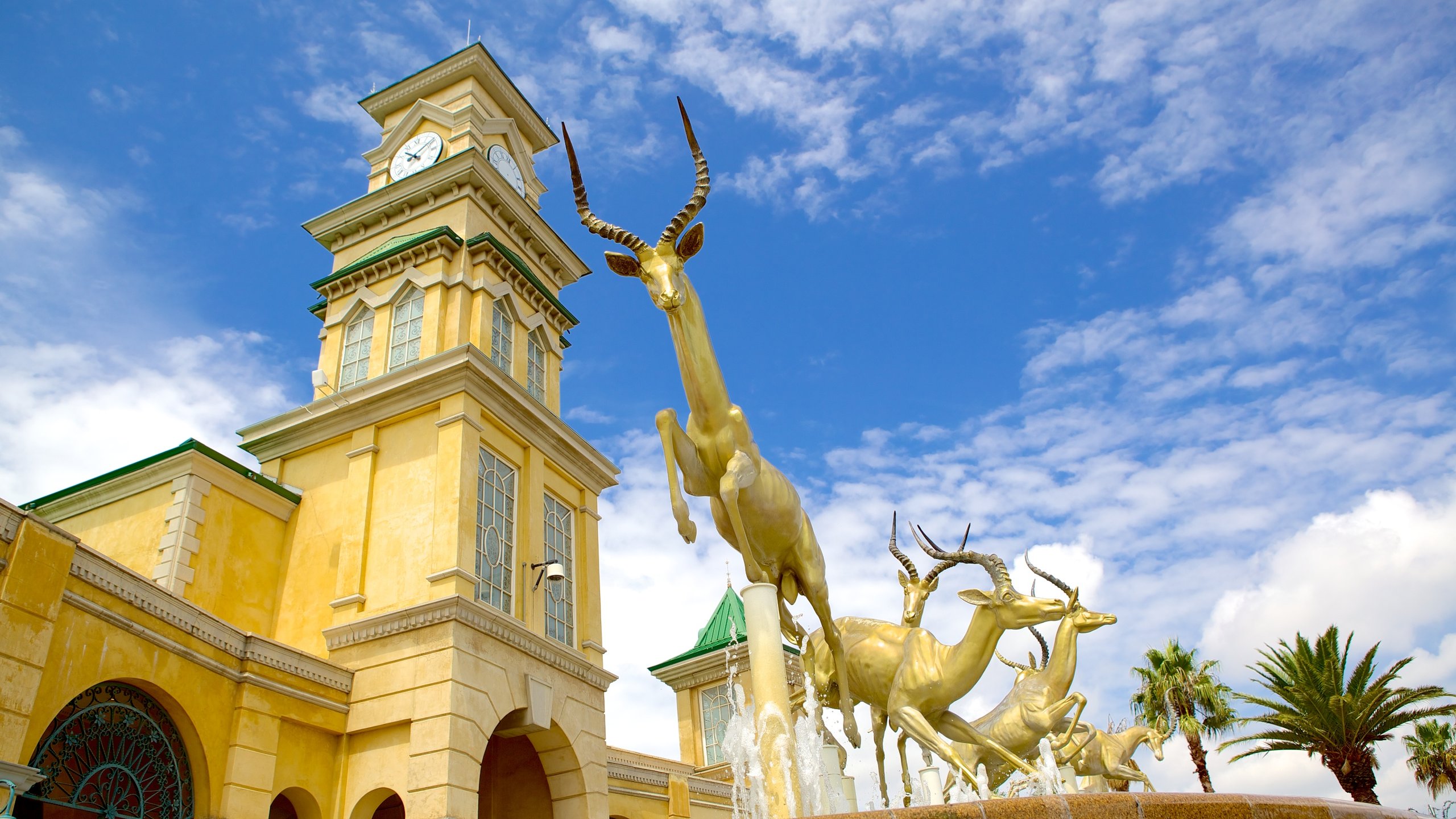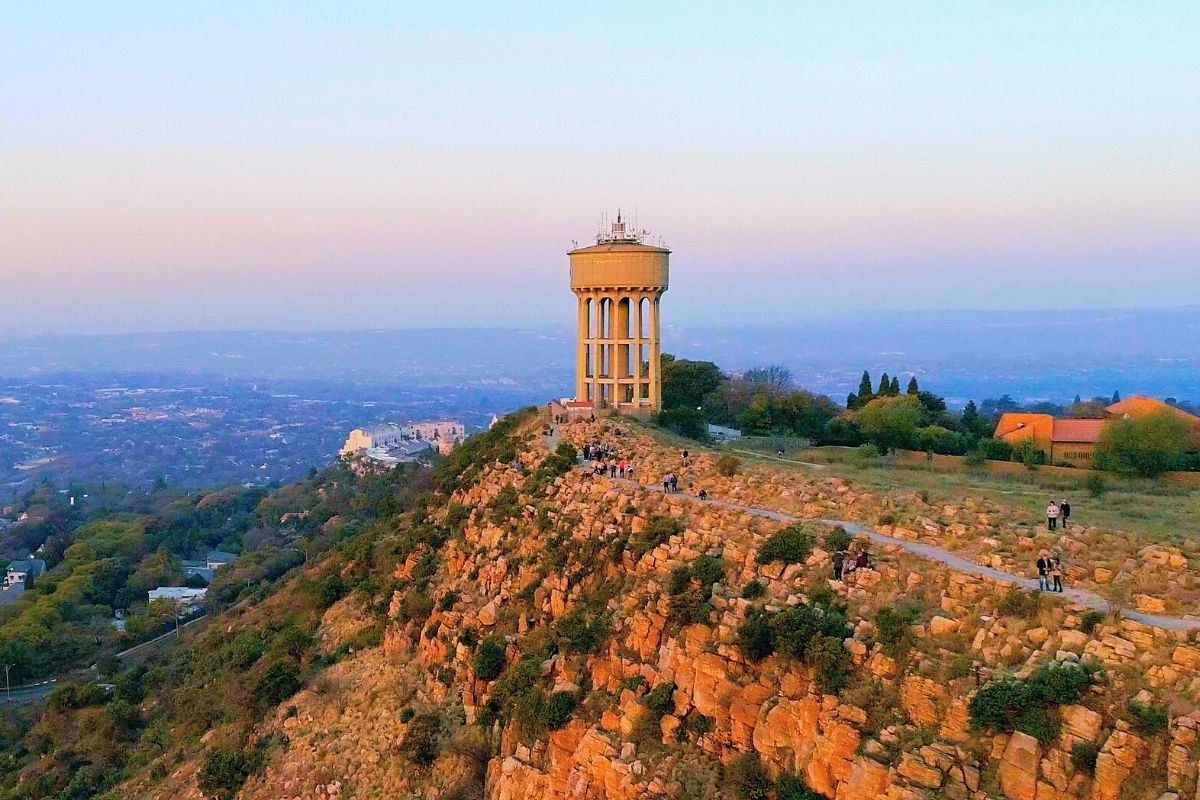The Main Principles Of Johannesburg North Attractions
The Main Principles Of Johannesburg North Attractions
Blog Article
The Ultimate Guide To Johannesburg North Attractions
Table of ContentsSome Known Facts About Johannesburg North Attractions.The Only Guide to Johannesburg North AttractionsThe Single Strategy To Use For Johannesburg North AttractionsThe Best Guide To Johannesburg North AttractionsSee This Report on Johannesburg North AttractionsSome Known Questions About Johannesburg North Attractions.
The city owes its place to the visibility of a a lot more precious source: gold. The city expanded on the edge of the Witwatersrand Key Coral reef, a subterranean stratum of gold-bearing quartz-silica conglomerate that arcs for thousands of miles below the Highveld. Most of the gold mines in the city discontinued operation in the 1970s, however in its day the Witwatersrand gold sector accounted for more than 40 percent of the world's yearly gold production.Johannesburg has a pleasant environment. The city enjoys regarding eight hours of sunshine per day in both winter and summertime.
What rain the city receives drops nearly exclusively in the summer season months, commonly in amazing late-afternoon electrical storms., where lots of homeowners still count on coal for fuel.

All about Johannesburg North Attractions
The balance of the city is inhabited by whites. Holiday accommodation varies in personality and top quality. Soweto is well-known for its unlimited rows of municipally constructed, two-room matchbox homes, yet it likewise has a couple of flourishing enclaves as well as bursting squatter camps, where tens of thousands live without water, electrical energy, or hygiene facilities.
Physical development, although somewhat restricted by transportation, proceeded swiftly as immigration to South Africa, and Johannesburg in specific, increased significantly.
Many bad residential areas were blended, with poor blacks and whites living with each other, although the well-off suburbs were normally booked for whites.
The previous system of eleven phoned number areas was reorganised in 2006. Marshalltown, as seen from the top of the Carlton Centre. The M1 and M2 run behind the buildings, and the southerly suburban areas prolong past the highway border. The central city of Johannesburg lies within the city's Area F. The approximated population of the area is 200,000, [] however the variety of individuals living in the central city on an informal basis is unknown, as lots of are illegal aliens. Many higher-income homeowners and white individuals have relocated to the north suburbs and have been changed by lower-income click for more info black individuals. The joblessness, education, and age accounts of the location are all unidentified, because of the difficulty of getting dependable details about the location.
The Basic Principles Of Johannesburg North Attractions
Centred on the CBD, the area consists of the suburban areas of Yeoville, Bellevue, Troyeville, Jeppestown, and Berea to the eastern. To the west it spreads out to Pageview (Johannesburg North attractions) and Fordsburg. There are small industrial areas to the south, such as City West-Denver and Benrose. Around 800,000 commuters travel through the central city everyday, and it operates as a local purchasing node for site visitors from the southern residential areas. Yeoville and Bellevue have a mix of house buildings and solitary residential systems on small great deals. The region is located on a hilly divide that runs from eastern to west.

A Biased View of Johannesburg North Attractions
The eastern suburbs are some of the earliest areas of Johannesburg, visit their website there are large areas of Jewish and various other European backgrounds, the bulk of the populace is English speaking. There are three golf courses as well as a number of safeguarded ridges with viewsites.
The location is mostly made up of old "matchbox" residences, or four-room homes developed by the government, that were built to give economical holiday accommodation for black workers throughout apartheid. Soweto is an abbreviation, standing for "South Western Townships". Road after street in this area is lined with matchboxes; nevertheless, there are a couple of smaller areas where flourishing Sowetans have developed residences that are more similar in stature with those in more affluent suburbs.
Hostels are an additional prominent physical feature of Soweto. Originally developed to house male migrant workers, numerous have actually been improved as dwellings for couples and family members. The N1 Western Bypass skirts the eastern border of Soweto. The suburban area was not traditionally allowed to produce work centres within the area, so mostly all of its citizens are commuters to other parts click of the city.
A Biased View of Johannesburg North Attractions
The property areas in the north suburban areas are generally formal, with no substantial areas of informal housing, or real estate that does not have an irreversible structure. This is an established location, there is a trend of land usage adjustment from property to industrial, particularly along major arterial roads and around recognized nodes.
The location is well connected to roadway networks, particularly along the north-south axis developed by the M1 and N1. Roads to the east and west are much less well developed, as there are no freeways travelling because instructions. In the direction of the north border of the city, the thickness of growth decreases, leaving big areas of primitive land around Midrand.
The smart Trick of Johannesburg North Attractions That Nobody is Discussing
, which is located on a hill neglecting the internal city and Hillbrow.
Report this page